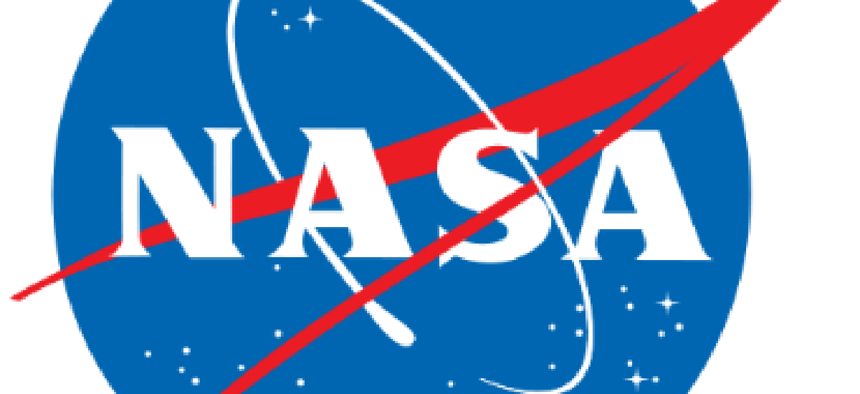NASA releasing source code catalogue

The April 10 release will detail a wide variety of applications available for public use -- albeit in PDF form only for now.

NASA is set to release on April 10 a comprehensive catalogue of software code that runs some of the most sophisticated robotics and rockets on the planet.
The agency, in line with the White House's Open Government policy, is also aiming to make the free online catalogue of more than 1,000 projects one of its most easily accessible.
According to Dan Lockney, NASA's Technology Transfer Program executive, the release is not a historical archive, but a collection of recent software solutions developed by the space agency.
The release will cover 15 broad categories offering a wide variety of applications for use by industry, academia, other government agencies and the general public. Technologies featured in the catalog cover project management systems, design tools, data handling and image processing, as well as solutions for life-support functions, aeronautics, structural analysis, and robotic and autonomous systems. The codes, said the agency, represent its best solutions to a wide array of complex mission requirements.
The aim is to have private industry pick up the free resource and run with it, developing new commercial uses and variations.
"Some of the code is a few years old, but we have done a scrub to ensure that it is all current and useful. In the next iteration of this catalog, software will be added and updated regularly, as soon as it becomes available," said Lockney.
The catalog will initially be released as a PDF document and be available at technology.nasa.gov. The PDF document includes directions on how to request the code. In the coming weeks, NASA plans an online searchable database and plans to build and launch a repository for the actual code in the next year.
While almost all the code will be available to the public, some of it will require qualifications to obtain.
"The code has been evaluated for access restrictions and designated for a specific type of release, ranging from codes that are open to all U.S. citizens to codes that are restricted to access by other federal agencies," said Lockney. "The government-only code could include some items that are restricted by their nature -- like guidance and navigation systems."
The code has been vetted through legal, security and technical viability assessment, said Lockney.
"Software is an increasingly important element of the agency's intellectual asset portfolio, making up about a third of our reported inventions every year," said Jim Adams, NASA's deputy chief technologist. "We are excited to be able to make that software widely available to the public with the release of our new software catalog."
"NASA is committed to the principles of open government," Adams said. "By making NASA resources more accessible and usable by the public, we are encouraging innovation and entrepreneurship. Our technology transfer program is an important part of bringing the benefit of space exploration back to Earth for the benefit of all people."
NEXT STORY: Identifying and managing troubled projects





